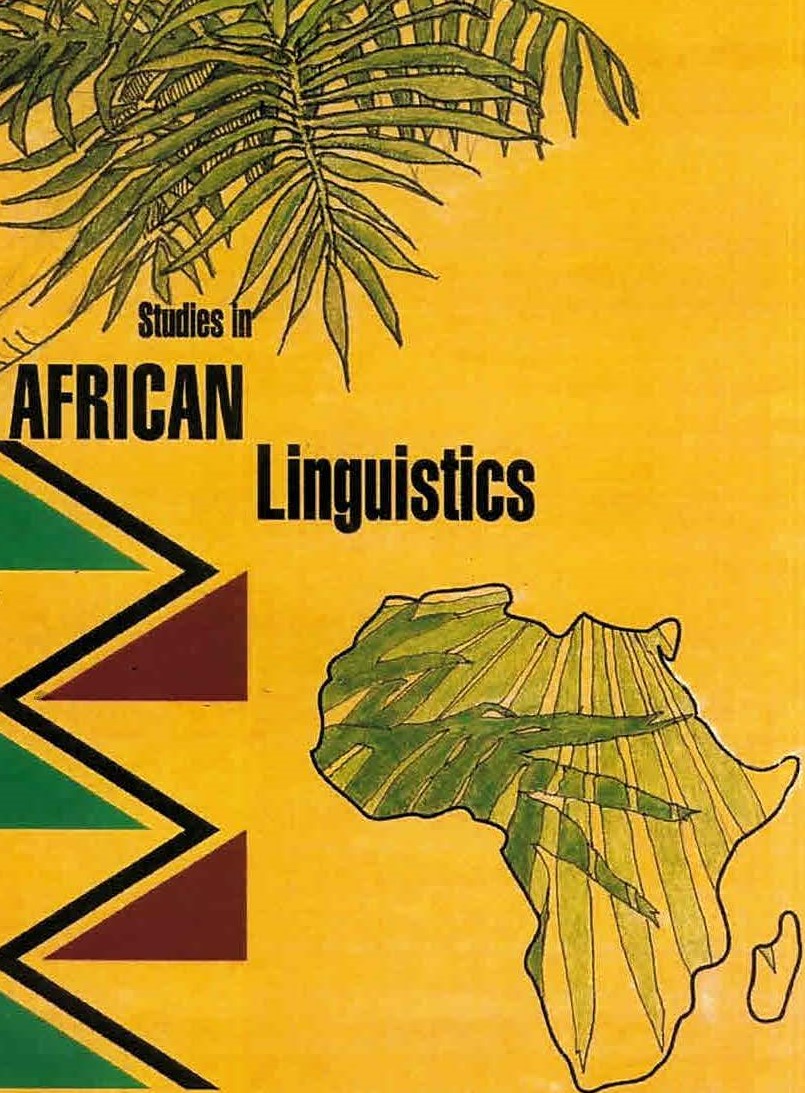The diversity of Maa (Nilotic) adverbs
Speed, Time, Modality, Intensity and Nominal-Tense/Aspect
##plugins.pubIds.doi.readerDisplayName##:
https://doi.org/10.32473/sal.v49i2.125885关键词:
lexicalisation;, grammaticalisation;, attenuation;, intensification;, nominal tense摘要
Maa linguistic varieties (Maasai, Parakuyo, Chamus, Samburu, among others), of the Eastern Nilotic family (Nilo-Saharan phylum), have words which can modify a predicate or predication and have the function of what cross-linguistically are called adverbs. While these words can be considered a single class due to this shared function and distribution, there are nevertheless morphosyntactic and usage distinctions. This is partly due to disparate historical origins, but also to semantics and different typical collocations. Among other distinctions, some adverbs can function as nominal tense/aspect markers within a determined nominal phrase (DP). Though the origins of all adverbs cannot be traced, the paper documents sources in oblique prepositional phrases, relational nouns, adjectives, relative clauses, and perhaps infinitive verbs, involving a wide range of lexical roots, such as ‘little’, ‘paint, mark’, ‘be abundant (with grass), be generous’, and others. Some synchronic adverbs do not have evident sources in other word classes, including the most frequently used word for ‘previously, before’, and the modal adverb ‘probably not, unlikely’ which is also an attenuative adverb. Maa adjectives and nouns largely overlap in their morphosyntax, but the ability to be modified by certain adverbs distinguishes them.


